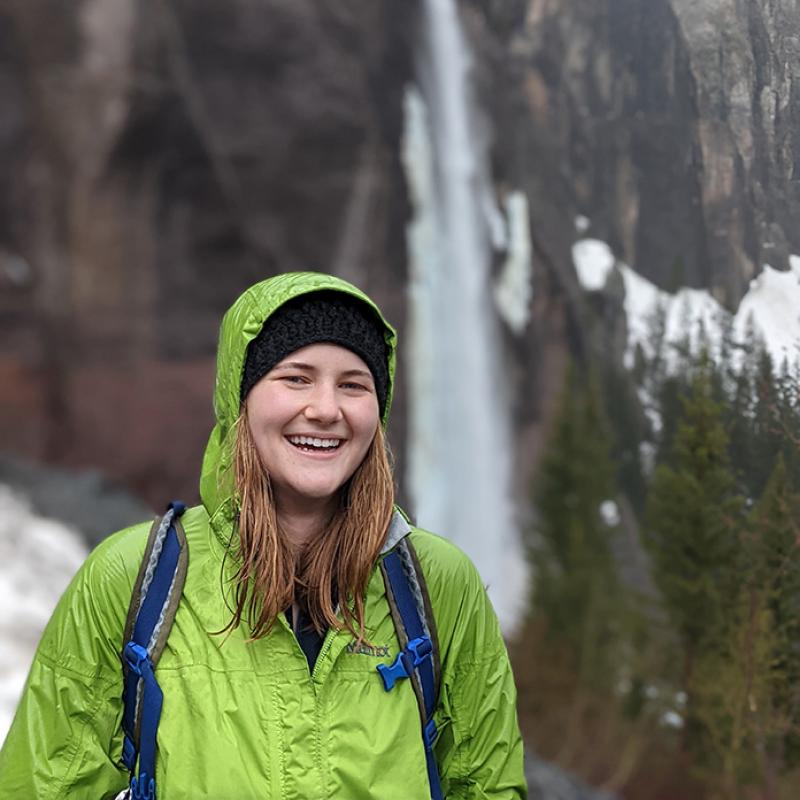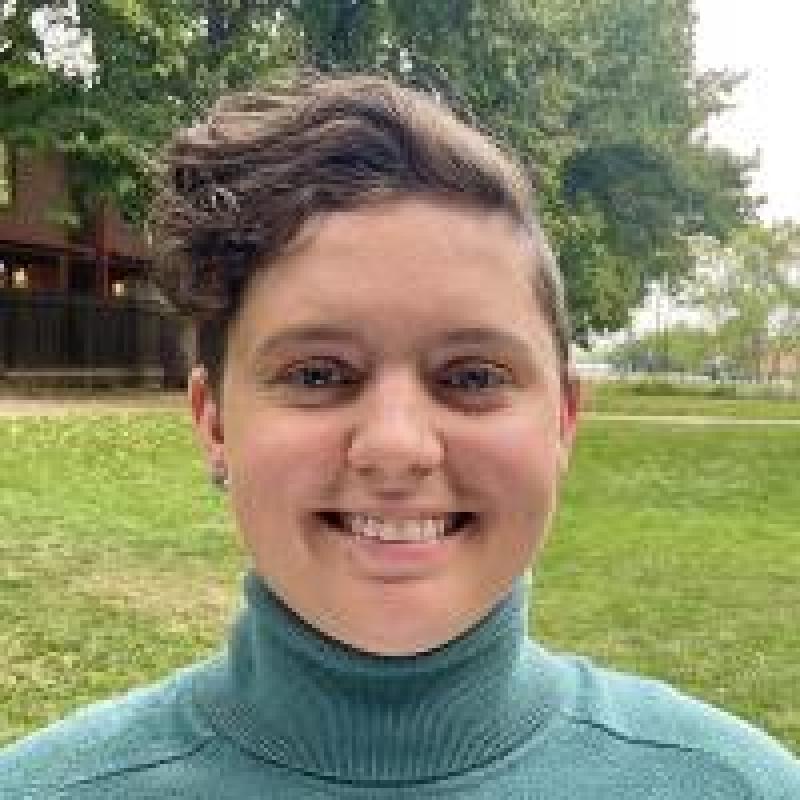The 21st Century Blended Online and In Person Earth Data Science Classroom
We teach using blended classrooms which combine online and in-person learning. Blended classrooms allow a broad mix of students to enroll regardless of where they live and how much time they have during the work day. It also allows students to choose how they participate following their learning preferences - for instance some students prefer self-guided learning, whereas others prefer to learn in the classroom. Students can participate in-person in a traditional classroom, synchronously online through video conferencing or asynchronously using video recordings and online, self-paced lessons. The mix of undergraduate, graduate, and professional students from around the world with varying backgrounds creates a vibrant blended classroom experience.
Diversity in Career Stage and Background Knowledge Yields Rich, Collaborative Learning Environments
We have found that the career stage and domain knowledge diversity in our students provides an ideal space to develop and practice communicating science to broad audiences with varied technical and scientific backgrounds and also enriches the collaborative learning environment. These types of interdisciplinary and multi-career stage collaborations are more representative of the professional working environments that students will encounter in the workforce.
Online vs In-Person Learning - What Works Best?
Our course evaluation and assessment results highlight that our blended classroom approach successfully helps students develop earth data science skills and comfort with open science tools regardless of participation mode. In particular, we have found that students participating online and in person earn comparable course grades and report similarly high comfort gains with the open science tools used in our courses.
Project Team
Project Lead
Nathan A. Quarderer
Nate is an educational researcher currently focused on the topics of data science education, and on how people come to know about climate change and why they hold a particular set of beliefs. At Earth Lab, Nate helped organize and implement the Earth Data Science Corps program, leading assessment and evaluation efforts.



